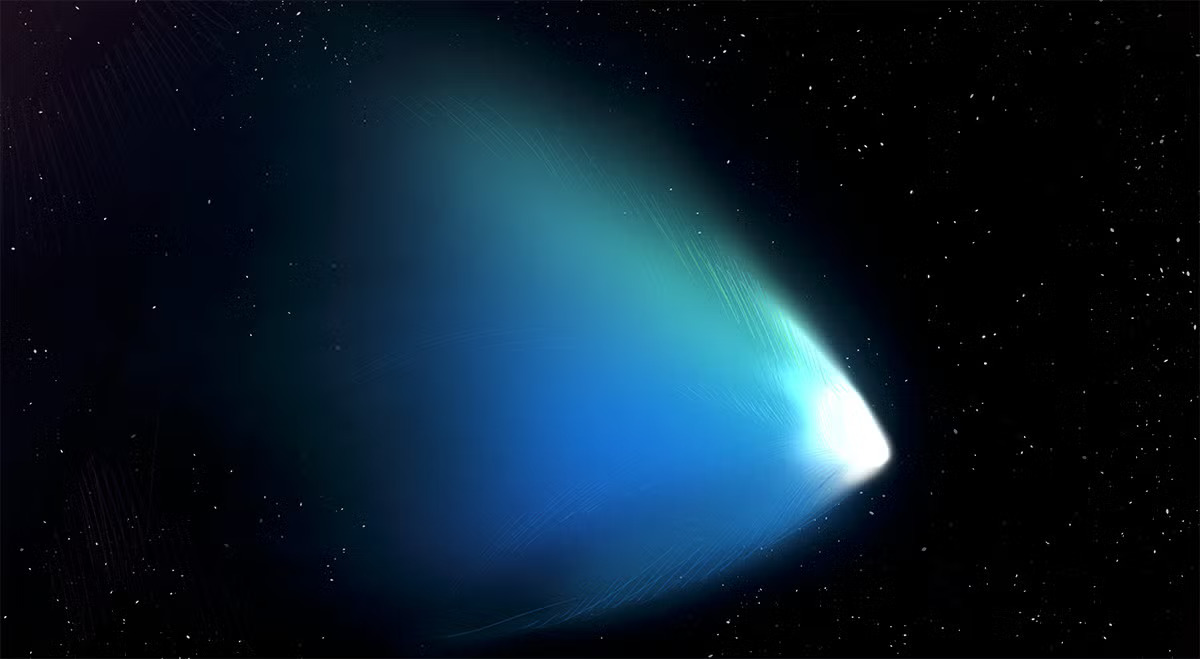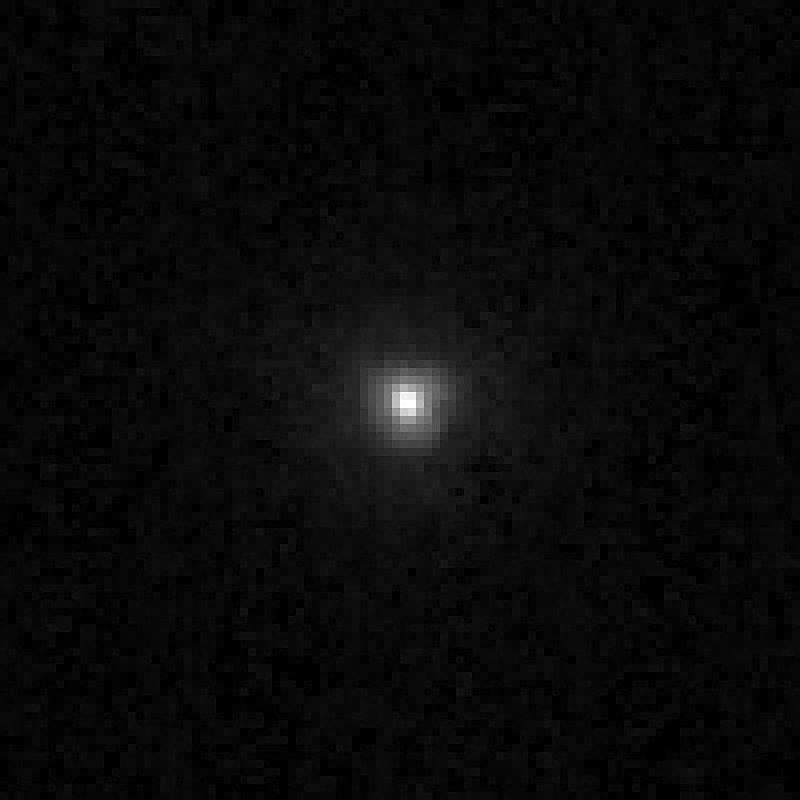
The James Webb Space Telescope has discovered that the centaur called 2060 Chiron is an oddball. The object, which is a minor body that orbits the sun in the expanse between Jupiter and Neptune, has a mixture of ices and gases that make it stand out from other objects in the distant outer solar system.
Around a thousand centaurs are currently known, but the 135-mile-wide (218-km-wide) Chiron was the first to be discovered in 1977. Centaurs are thought to have originated out in the frozen realm beyond Neptune, but later moved in-system after their orbits were perturbed by gravitational resonances with the ice giant. Because they move closer to the sun, solar heating can cause certain ices to sublimate, forming a gaseous halo or coma around the centaur, a bit like a comet.
Charles Schambeau of the University of Central Florida describes Chiron as an oddball among all the other centaurs, and even among trans-Neptunian objects (TNOs), which have intriguing stories of their own. "It has periods where it behaves like a comet, it has rings of material around it, and potentially a debris field of small dust or rocky material orbiting around it," he said in a statement.
New James Webb Space Telescope (JWST) observations of Chiron, led by Schambeau and Noemí Pinilla-Alonso of the University of Oviedo in Spain, have found that the composition of Chiron's surface ices are quite unlike any other centaur observed thus far. While none of the ices on their own are particularly unusual, the combination of them on Chiron is a surprise.
The JWST found carbon monoxide and carbon dioxide ice on the surface, and carbon dioxide and methane gas in Chiron's thin coma. The presence and abundance of methane is consistent with the substance sublimating from ice on an area of the surface that has been exposed to the greatest amount of solar heating. While its temperature from the sun never climbs above -220 degrees Fahrenheit (-140 degrees Celsius), this is still warm enough to cause these ices to sublimate.
Furthermore, the action of the sun's radiation on these ices spurs chemical reactions that produce organic byproducts such as acetylene, ethane, propane, as well as various carbon oxides, all of which were found as ices on Chiron's surface by the JWST.
"Discovering which gases are part of the coma and their different relationships with the ices on the surface help us learn the physical and chemical properties, such as the thickness and the porosity of the ice layer, its composition and how irradiation is affecting it," said Pinilla-Alonso.

Centaurs, and trans-Neptunian objects in general, are believed to be pristine; they've remained untouched since they formed 4.5 billion years ago at the dawn of the solar system. As such, they're like time machines that give us a glimpse into how and what the solar system was made from, where certain objects formed in the protoplanetary disk around the young sun, and whether those objects have migrated from that location since.
Active centaurs such as Chiron are especially precious because they reveal much more than inert bodies.
"They are undergoing transformation driven by solar heating and they provide a unique opportunity to learn about the surface and subsurface layers," said Pinilla-Alonso. "What is unique about Chiron is that we can observe both the surface, where most of the ices can be found, and the coma, where we see the gases that are originating from the surface or just below it."
Chiron's 50-year elliptical orbit around the sun saw it pass through aphelion — its greatest distance from the sun at 18.87 astronomical units (2.8 billion kilometers, or 1.75 billion miles) in 2021. It next reaches perihelion in 2047, when it will get within 8.5 astronomical units (1.27 billion kilometers, or 790 million miles) of the sun, which is just inside the orbit of Saturn. As it moves closer to the sun over the next 20 years or so, Chiron will grow brighter and more active, allowing more accurate observations of the abundance and nature of its ices, its organic chemistry and how solar irradiation and sunlight can affect its freezing surface. And there is much still to learn.
"Based on our new JWST data, I'm not sure we have a standard centaur," said Pinilla-Alonso. "Every active centaur that we are observing with JWST shows some peculiarity. There must be something that explains why they appear to behave differently or something that is common between them all that we cannot yet see."
Alas, Chiron and all its fellow centaurs are in a transitory phase, and over the next million years its ultimate fate will be decided. Either Jupiter's family will scatter it in-system again, where it will become a Jupiter-family comet with an orbital period of less than 20 years, or it will be thrown back into the Kuiper Belt, rejected from the inner solar system by the gatekeeper, Jupiter itself. It's impossible to say which fate will befall it, but as is fitting for an object named after a figure from Greek mythology, its destiny will be in the lap of the gods.
The new JWST findings were published in December in the journal Astronomy & Astrophysics.







